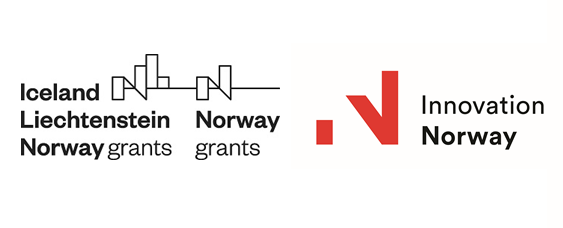Monthly Posts: August
SEPA: Deadline for a deadline
Evenif the summer is close to an end, we are still talking aboutvacations. Nevertheless, I would like to open a discussion here,about how each of us is seeing this end of the year and especiallyabout what changes it might bring for the preparation of 2010, dueto the exciting Fall waiting just right around the corner. Iconfess I didn’t manage to go to vacation myself, although I haveplans on my desk for a visit to the Danube Delta. Until then, Iwould like to invite you to a first discussion about thisnewly-launched BIS blog, a project I am involved in myself startingwith this very moment.
I am coming from ajournalistic environment, of which I was part for over 11 years. Iam used to the acronyms, and for a month now I am continuouslyreading about SWIFT, PSD, SEPA, SCT, SDD… I have discovered manyarticles, discussions, studies about the respective subjects, butthe first one I would like to talk to you about is SEPA – deadlinefor a deadline.
This month there has been apublic consultation launched by the European Commission regarding apossible final date for the SEPAmigration.
Did you answer this inquiry?I sincerely hope so.
I want to take advantage ofthe fact that the results are not out yet and ask youmyself:are you FOR or AGAINST adeadline for SEPA migration?
Waiting for your answerswith a great deal of interest,
Cristian Lacraru,moderator
What to do with the best practices?
We are bombarded with best practices, organized in methodologies,process models, bodies of knowledge, etc. Should we want to getbetter at development, which one to consider? Very difficult tosay.
Let’s pick CMMI-DEV, the process model developed by the SoftwareEngineering Institute (http://www.sei.cmu.edu/). The bestpractices are called specific and generic practices, grouped atfirst level by specific and generic goals, and finally organized in22 process areas assigned to five maturity levels. For moreinformation please consult the model itself at http://www.sei.cmu.edu/publications/documents/06.reports/06tr008.html.
All is nice and fit, but there are over 300 practices. And we wantto implement them all, as we like the idea to get the benefits asshown by the SEI statistics. And why not, to prove we have acertain maturity level.
Over 300 you say? Well, first reason to give up. But stop! … Werecognize most of them. We have them implemented already. Or atleast that’s the first impression.
We decide to do a Gap Analysis, or alternatively a SCAMPI C(Standard CMMI Appraisal Method for Process Improvement). For thechallenge, we target a maturity level, that means a predefined setof process areas, or we handpick the process areas to appraise. Theresults are telling us which practices we already implement andwhich ones are new to us.
What to do with the latter? Let’s don’t forget they are consideredbest practices, which, if implemented, will bring us measurablebenefits.
So the first idea is to identify those benefits. If we can, we arehappily producing a business case to identify the ROI and later tocome up with a plan for process improvement. If we cannot, let’s atleast try to identify and address the risks of not having themimplemented. We may be in for some surprises and wonder how comeswe haven’t realized so far how many critical problems had been soclose to materialize. Funny to say, we might perform this riskmanagement on the Risk Management specific practices.
What if we can identify neither the benefits nor the risks? Idon’t know a “one size fit all” answer. It depends on the context.We may accept the situation and go on with our lives without caringso much about those “orphan” practices, and consequently aboutachieving a CMMI maturity level. Or we can trust the model andimplement them anyway. Sooner or later we’ll realize if they aregood for us.
Nicolae Giurescu
http://www.3pro-lab.ro/









